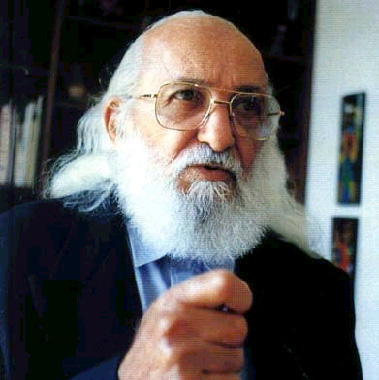We'll start with CBAE or Community Based Art Education. Its focus lies solely on fostering teaching and learning within and across communities and institutions through that of visual art. In my words that means providing community learning with experiences through visual art. The most important take away from this experience is learning from each other within the community in a larger context, building meaningful relationships, and inspiring people to transform both communally and individually all while developing art skills. Transformative learning can be understood as experience within CBAE that can produce growth personally, communally, or societally which in turn can benefit individuals, communities, or society as a whole. Transformative learning happens when intense self - reflection occurs, an individual reexamines old or develops a new way of seeing the world. Both Transformative learning and social transformation go hand in hand.

Freire created a model of transformative learning based on social- emancipation. Both social and personal transformation have to happen for transformative learning to be successful. This will only work if the individual participates in critical self reflection and action based on their reflections. Social transformation is almost an unachievable goal, but with some hope and CBAE's help we can enable learners to make important connections to their art education in schools and its implementation into the community, and it will eventually reveal how the arts impact responsible citizenship.
Intergenerational learning and empowerment are important components in CBAE for a few reasons. It's important to make sure that this learning is done through ideas that matter. As the world's population continues to live longer lives it's important to continue to utilize generativity, or the flow of information between generations. This will continue to improve all generations as well as encourage them to pursue more meaningful lives. This is extremely influential to all generations. Below is the trailer for a mini series I watch on Facebook about intergenerational learning in a nursing home that doubles as a pre school.
